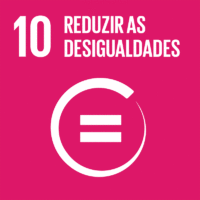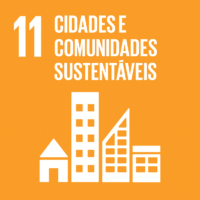Ciência_Iscte
Publicações
Descrição Detalhada da Publicação
Conference Proceedings Grand Projects - Urban Legacies of the Late 20th Century
Ano (publicação definitiva)
2021
Língua
Inglês
País
Portugal
Mais Informação
Web of Science®
Esta publicação não está indexada na Web of Science®
Scopus
Esta publicação não está indexada na Scopus
Google Scholar
Esta publicação não está indexada no Overton
Abstract/Resumo
Over the past decade Lisbon’s historic city center was marked by extensive transformations, notably the loss of residents and traditional commerce followed by gentrification trends. While the former led to a drain of the city's assets and a consequent degradation of its buildings, the latter attracted new stakeholders increasing building’s rehabilitation and prompting the growth of commercial and residential typologies for tourism purposes. Currently, with the COVID-19 pandemic, new challenges arise that change the previously mentioned dynamics.
In a global context these dynamics were associated with factors such as the instability of the financial sector, migratory flows and the emergence and development of new technologies which together with the instability of social relations make the relocation of social interaction to multiple places a reality. Before the COVID-19 pandemic, these factors have contributed to the increase of the real estate and tourist pressure, as a result of the occupation of buildings for temporary residence or local accommodation, the mobility of large tourist flows and the growth of nightlife activities, untying the city, its identity and unique memory. But during the confinement period, deriving from it and from the lack of tourist flow, Lisbon has seen an emptying of its public space.
This essay identifies how the “new” stakeholders, especially tourists, contribute to lifestyle and spatial transformations, looking into the particular case of São Paulo square and its surroundings - where the new urban uses, associated with tourism and leisure, demand a livingness and identity of a city in conflict with its territorial and social dynamics. Furthermore, this study contributes to the elaboration of flexible urban strategies that address both top-down and bottom-up demographic change, disclosing how the new dynamics can redefine the city and mitigate its fewer positive effects.
Agradecimentos/Acknowledgements
--
Palavras-chave
City,São Paulo square,Touristification,Gentrification
Contribuições para os Objetivos do Desenvolvimento Sustentável das Nações Unidas
Com o objetivo de aumentar a investigação direcionada para o cumprimento dos Objetivos do Desenvolvimento Sustentável para 2030 das Nações Unidas, é disponibilizada no Ciência_Iscte a possibilidade de associação, quando aplicável, dos artigos científicos aos Objetivos do Desenvolvimento Sustentável. Estes são os Objetivos do Desenvolvimento Sustentável identificados pelo(s) autor(es) para esta publicação. Para uma informação detalhada dos Objetivos do Desenvolvimento Sustentável, clique aqui.

 English
English



